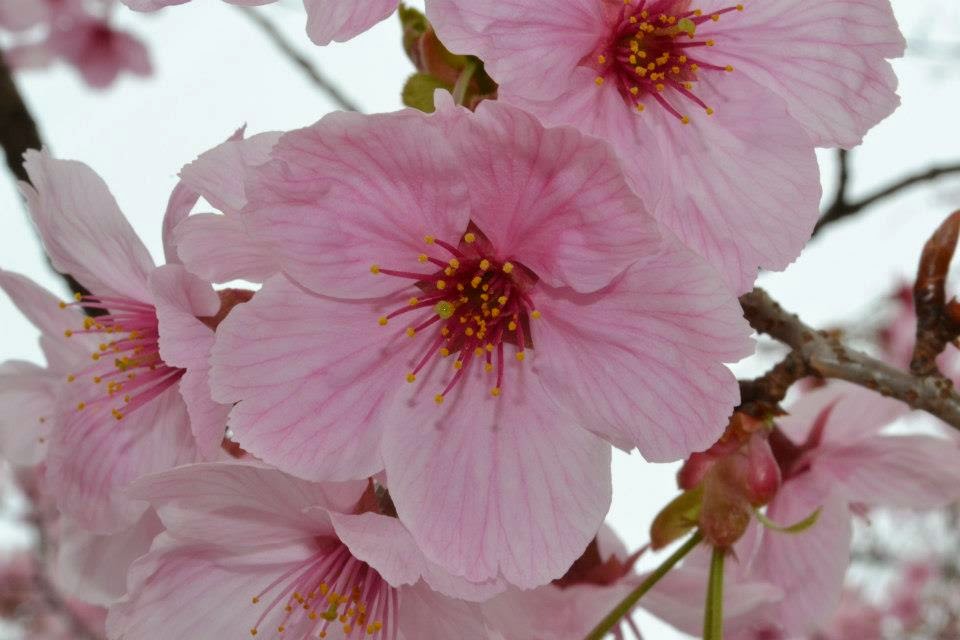Sunday 23 March 2014
Some Spring flowers blooming in Kyoto
I was lucky enough to have some freetime early on Sunday morning, so I took a walk to see some of the early spring flowers starting to bloom. As ever it was spiritually up~lifting and gave me a sense of peace and well-being that lasted the whole day.
Tuesday 18 March 2014
春分の日 Shunbun no Hi : The spring equinox
For the Wiccans reading this, have you ever thought that it would be good if the major Wiccan festival days were national holidays? Well here in Japan both equinoxes and the winter solstice are. The name in Japanese for the spring equinox is 春分の日 Shunbun no Hi . It has been a national holiday since 1948. Not all Japanese people care about the meanings of the national holidays here, but each one does have a meaning and a purpose. Shunbun no Hi has two meanings: the first is to "...praise nature and appreciate living things" and the second is to "... put in a great effort for the future". The three days before and after the equinox are called 彼岸のなかば Higan no nakaba, it is a time to clean the family Buddhist altar and visit and clean family graves. So the vernal equinox is a great day to: remember those who came before you; try to understand your place within nature, and look to the future with strength and hope.
Sunday 2 March 2014
梅: Plum Blossom, a winter flower or a spring flower?
In about a months time Kyoto will turn pink as the ubiquitous cherry blossoms bloom. People from all over Japan and the world will come to see them. Of course they are beautiful and I too love them. But now the equally beautiful plum blossom is blooming. There are harder to find, but well worth the effort. There are both dark pink and white varieties., and sometimes if you are lucky you can find red ones.
Plum blossom is the national flower of Taiwan, and has a deep spiritual and symbolic meaning in both Japan and China. Typically, the Japanese symbolism and Chinese symbolism are different. For Japanese people, the plum blossom represents the beginning of spring, the coming warmth and peace. Because they can bloom even with snow on their branches, the Chinese see them as a winter flower, symbolising strength and resilience. In Mah Jong it is a guardian representing innocence, inexperience and happiness. In this regard it puts me in mind of The Fool in the Tarot.
For me these little flowers on the cusp of winter and spring, are a celebration of winter and a promise of spring. Searching for, photographing and writing about the plum blossom today has been both a relaxing and energising experience. The plum blossom and new moon weaving a special magick.
 |
| Plum blossom at Nanzen temple, Kyoto on March second 2014 |
Subscribe to:
Posts (Atom)





